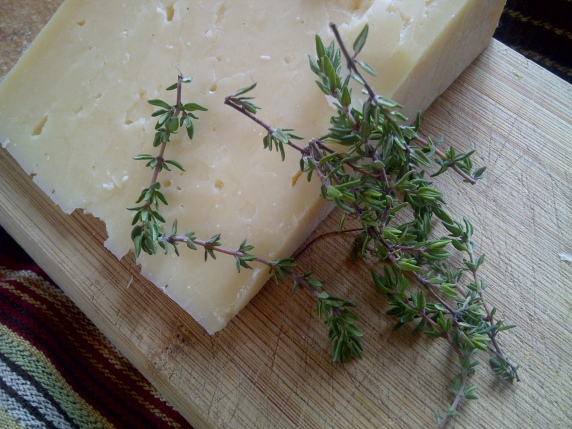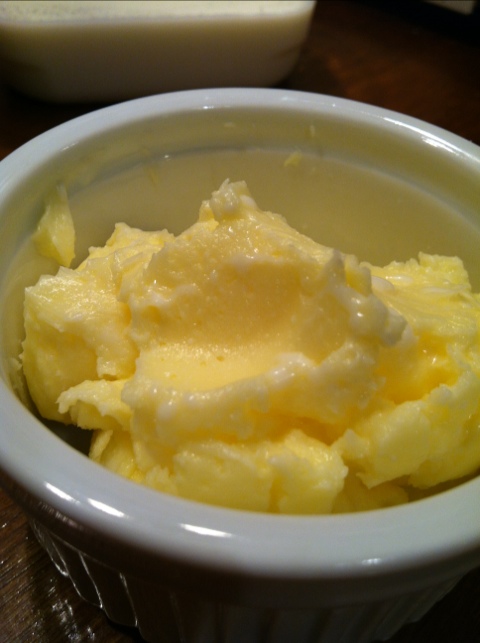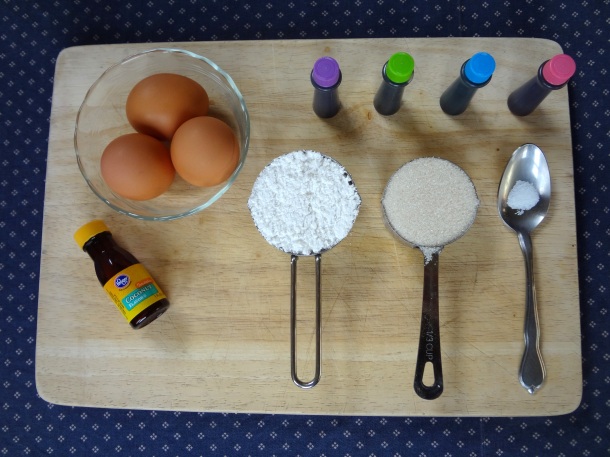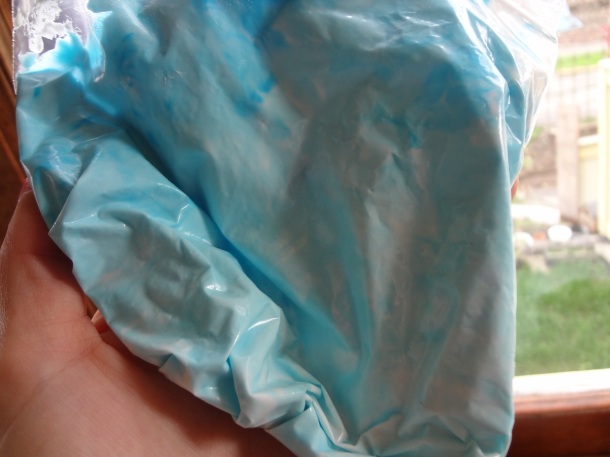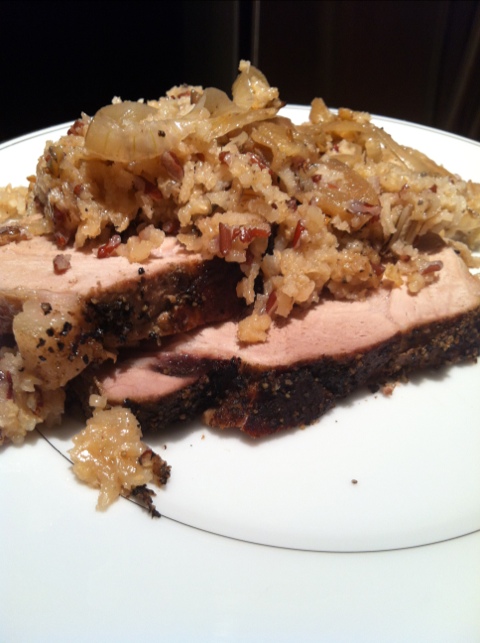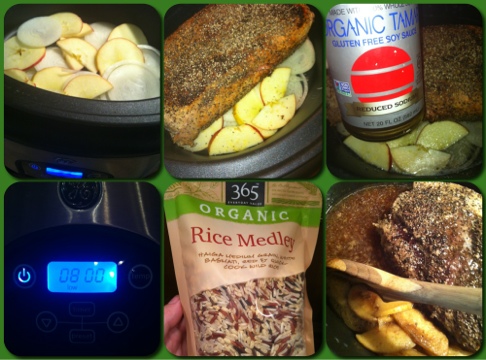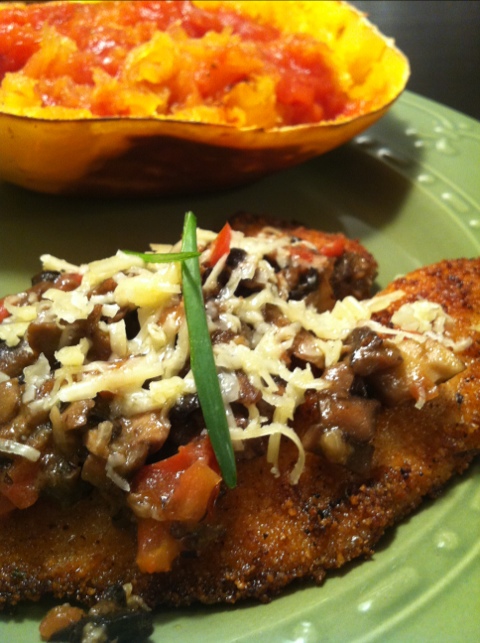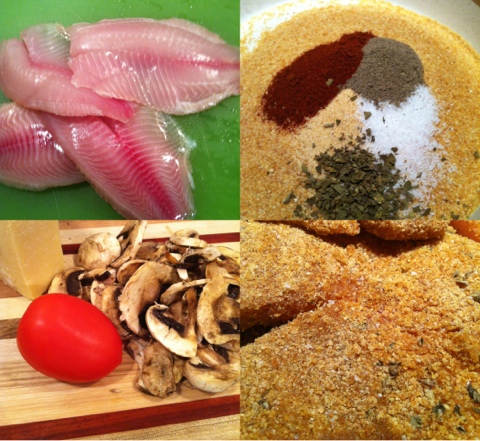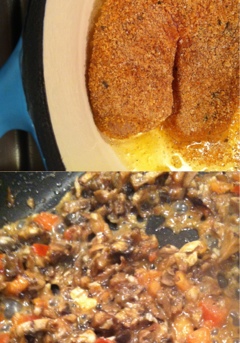*NOTE: I originally wrote much of this February 26, 2009 as a note on my personal Facebook page. Today just seems like a great day to share it here, with you all. I hope you enjoy it!
WEED. Pronunciation: \ˈwēd\
Function: noun
Date: before 12th century
1 a (1) : a plant that is not valued where it is growing and is usually of vigorous growth; especially : one that tends to overgrow or choke out more desirable plants.
Source: Merriam-Webster
See that? A weed is a plant that is not valued where it is growing. I have a Bluebonnet “weed” that comes up in my driveway every spring, and I love it.
Okay. Dandelions. Ahhh.

I admit it. I have always had an affinity for the things. I adore dandelions.
When I was a young girl growing up in Great Falls, Montana, a neighbor boy dared me to drink the milk from the stem. I bravely did it, and discovered that I actually liked the earthy natural taste.
I would spend hours in the yard, lying in the grass and braiding them. I would make crowns, necklaces, belts, chains that were taller than I was. When my parents’ yard wasn’t producing the supply I required for my creations, I would scavenge in the neighbors’ yards (they didn’t really seem to mind). I could not understand why so many people seemed to despise this incredibly simple, delicate yet determined, happy little plant.
As I’ve grown older, I have rediscovered my affectionate obsession for the dandelion. After years of growing my own herbs and plants (and all the blood sweat & tears it has taken), it never ceases to amaze me that the dandelion never ceases to show up – unannounced, uncared for and definitely not coddled. It survives the harshest of winters, the most sweltering of summers. It is often among the first things to grow and flower in the early spring, and it multiplies rapidly all through the summer. It always appears cheerfully, inner strength and sheer will simply oozing from it. It is the underdog of the plant family. How could I not fall for it?

RAWR. A card my mom framed for me in high school.
The name dandelion comes from the French “Dent de lion” referring to the teeth of the green leaves. The French folk name is “pissenlit” which any of my French-studying friends will know it refers to the plant’s diuretic effects. The medicinal history of the dandelion is quite fascinating. I will not go into detail here, but it has been used extensively in many different cultures all around the world.
All parts of the dandelion are useful and edible. They are bitter, so soaking or blanching first is a good idea. As I mentioned before, it is a strong diuretic. The leaves are best when very young, before flowering occurs. Pick a few and toss them in with your salad greens. You can blanch or steam them first if preferred. Or try dandelion tea! Soaking the young leaves in oil or vinegar will remove much of the bitterness. Young roots can be tossed into a stir fry. I suggest starting slow – they are quite bitter, especially the older they get. The leaves are high in calcium, magnesium, iron, vitamins A and C. Also, a benefit of using it as a diuretic is that dandelions contain high levels of potassium. The flowers, minus all green parts, supposedly make delicious wine. I haven’t tried this one yet – perhaps this summer. In addition to its diuretic properties, it is also used medicinally as a digestive tonic, a laxative, to stimulate liver function, reduce inflammation, relief for urinary disorders, heart weakness, chronic skin complaints. . . In Chinese Traditional medicine it is used to treat breast and lung tumors, mastitis, jaundice and UTIs. Externally it can be used on snakebites. *NOTE* I am obviously not a doctor, and haven’t used it for these complaints. I have found it useful FOR ME with regard to UTIs, however.
*ANOTHER NOTE* I highly recommend getting your dandelions from an organic farmers’ market or your own backyard, IF pesticides have not been sprayed on them. Hopefully this goes without saying.
So, there you have it – my thoughts on this incredible undefeatable little beauty of a plant. How can one hate something so obviously useful and bearing oodles of inner strength and determination? What I haphazardly discovered that warm Montana summer day was a rite of passage I think all children should have the pleasure of experiencing.
Hmmm. . . I think my next tattoo will be a dandelion.
All the Love-- Without the Wheat
